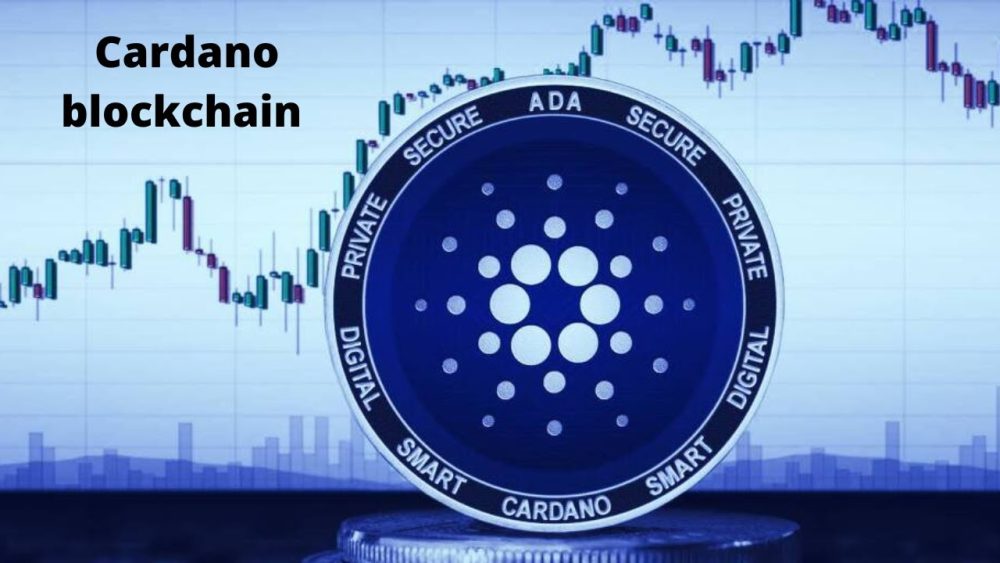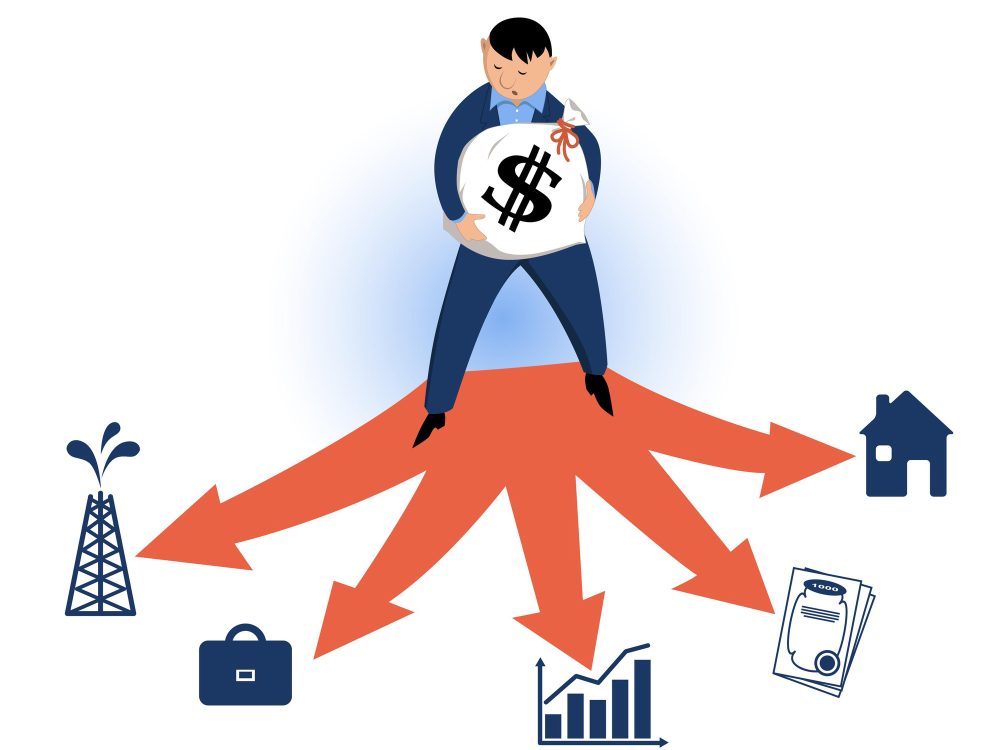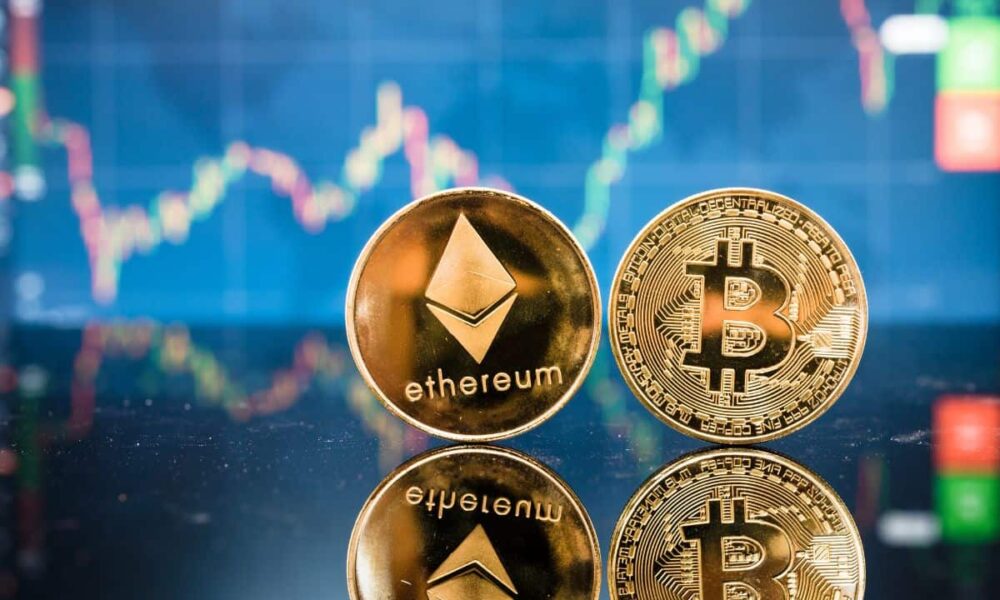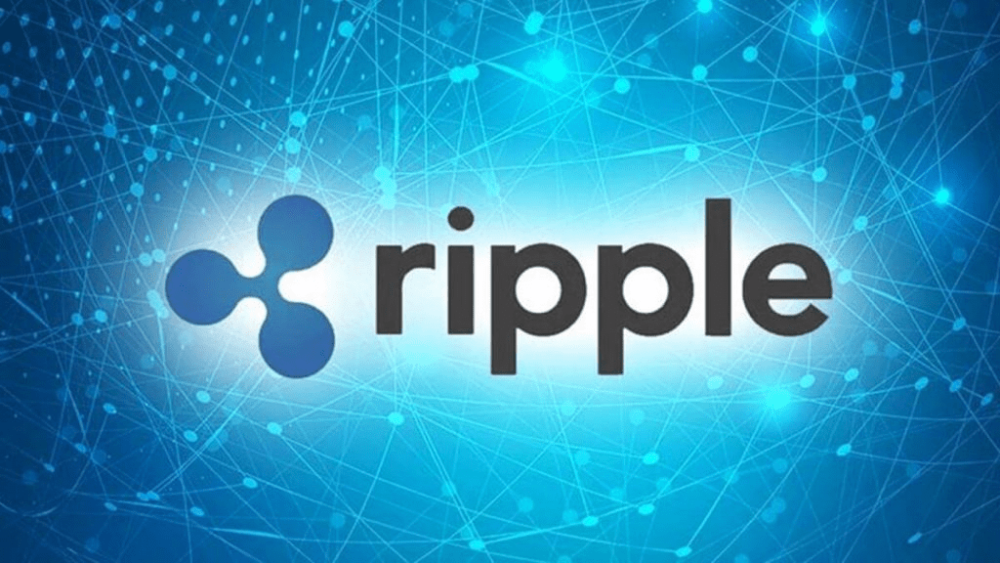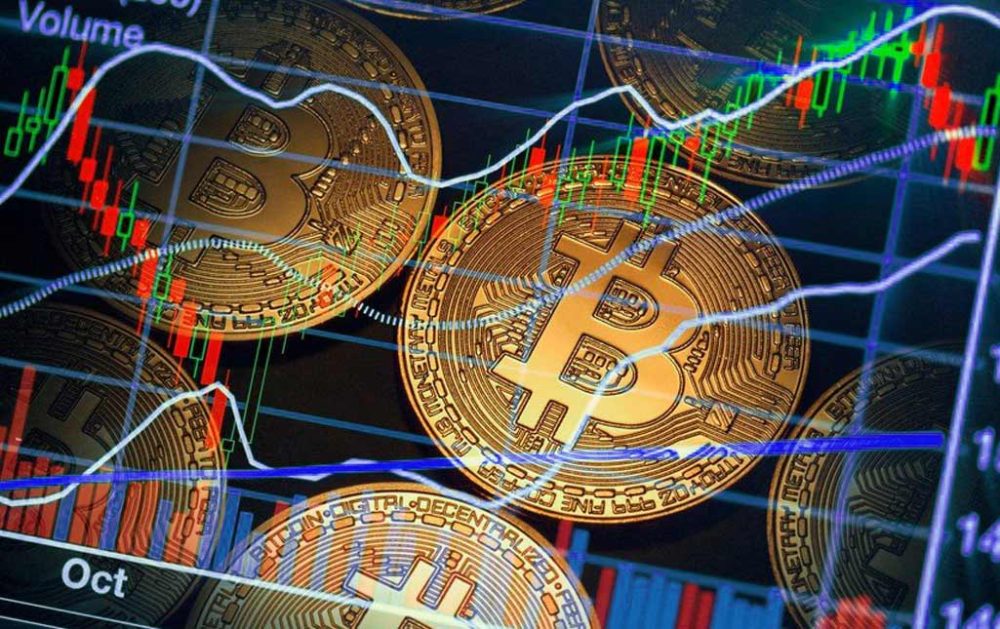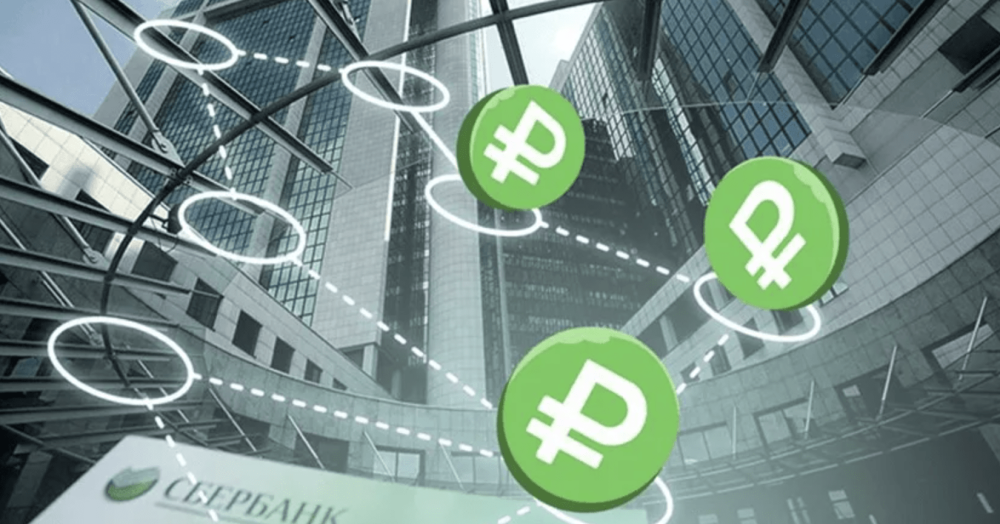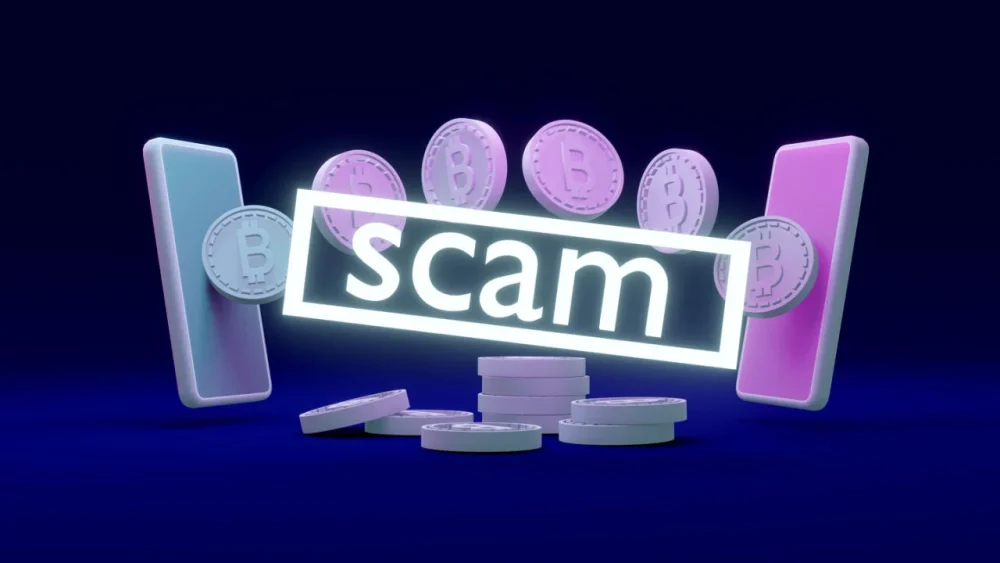The world of digital assets is full of prominent names, but the cryptocurrency Cardano stands out among them with its scientific foundation and long-term goals. The project offers a new approach to scalability, security, and sustainability of decentralized networks.
Can the ADA coin be seriously considered as a future asset? What advantages does the Cardano blockchain have over its competitors, and what risks might await investors? Let’s delve into the details.
What is Cardano and how does it differ from other blockchains?
The system was created in 2017 by Charles Hoskinson, one of the developers of Ethereum. The main idea is to build a reliable platform for smart contracts that can solve scalability issues and high transaction costs. The key technological features of the cryptocurrency are:
- architecture — the structure is divided into two levels: the first is responsible for token transfers, the second for smart contract operations. This principle increases system flexibility and reduces load;
- consensus algorithm — the Cardano project uses Proof-of-Stake, which requires less energy than traditional transaction confirmation methods. The algorithm makes it more environmentally friendly;
- scientific approach — all updates undergo an academic review stage, minimizing errors and vulnerabilities in the code.
The structure allows the network to be both resilient and fast simultaneously, making it attractive for long-term development.
Cardano Price: What Influences the Value?
Like any other digital asset, the ADA coin is subject to fluctuations, and its value is influenced by various factors.
The most significant growth driver remains the development of the Cardano blockchain, as the regular introduction of new technologies makes the network more functional and competitive. Increasing demand for smart contracts and decentralized applications also plays a significant role, expanding the ecosystem and attracting developers.
Another growth stimulus is the integration of Cardano into the business processes of large companies and governmental structures, which will increase trust in the project and boost its popularity.
However, there are factors that could negatively impact the value of the ADA coin. One of them is the overall instability of digital assets, leading to sharp market fluctuations and corrections. Competitive pressure remains significant, as blockchains like Ethereum have firmly established their niche and continue to evolve, diverting the attention of users and investors.
Regulatory restrictions can also have a significant impact, as any changes in legislation can slow down platform development and complicate its use in different jurisdictions.
To understand the direction in which the Cardano price is likely to move, it is important to regularly monitor factors and analyze the overall market dynamics.
Cardano Cryptocurrency Forecast: What to Expect in the Future?
The prospects of the blockchain depend on its ability to implement ambitious plans. By 2025, the development team has planned several major updates that could impact the position of the ADA coin in the market. In the coming years, the token aims to:
- strengthen support for decentralized applications, expanding the ecosystem;
- accelerate network operation by implementing new scalability algorithms;
- make the system accessible to businesses, facilitating the integration of the technology into corporate processes.
All these points could have a positive impact on investments in the Cardano cryptocurrency, but it is important to remember that even promising innovations may face challenges.
Analysis of the Cardano Project: Pros and Cons
Before considering the ADA coin as a long-term investment, it is necessary to carefully analyze its strengths and weaknesses.
Among the key advantages is the energy-efficient algorithm — unlike networks using resource-intensive transaction confirmation methods, the Cardano project applies a more environmentally friendly and cost-effective model, reducing system maintenance costs.
It is also worth noting the two-layer architecture, allowing the separation of token transfer processes and smart contract executions, making the network more flexible and efficient. Additionally, the cryptocurrency follows a scientific approach, minimizing the likelihood of vulnerabilities and code errors as all updates undergo rigorous academic review.
However, the platform has its drawbacks. The main downside is the slow process of implementing new solutions — due to meticulous testing, updates appear significantly later than those of competitors, slowing down ecosystem development.
A serious problem remains the high competition among blockchains supporting smart contracts, as Ethereum and other projects have already captured their audience and continue to actively evolve. Legal risks must also be taken into account — changes in legislation in different countries can affect the use of ADA and create obstacles to its adoption.
All these factors can influence the price dynamics, so before investing in Cardano blockchain, it is important to consider not only the prospects but also the potential threats.
Is It Worth Investing in Cardano Cryptocurrency?
The choice depends on the goals and strategy of each investor. If long-term support for promising projects is planned, then the ADA coin is an interesting asset. However, like any other options, the investment process in Cardano requires analysis and understanding of potential risks.
The prospects of Cardano look promising, but its success largely depends on whether the team can implement planned improvements and withstand the competitive struggle. Therefore, before making a decision, it is necessary to consider not only current trends but also the technology’s potential in the future.

